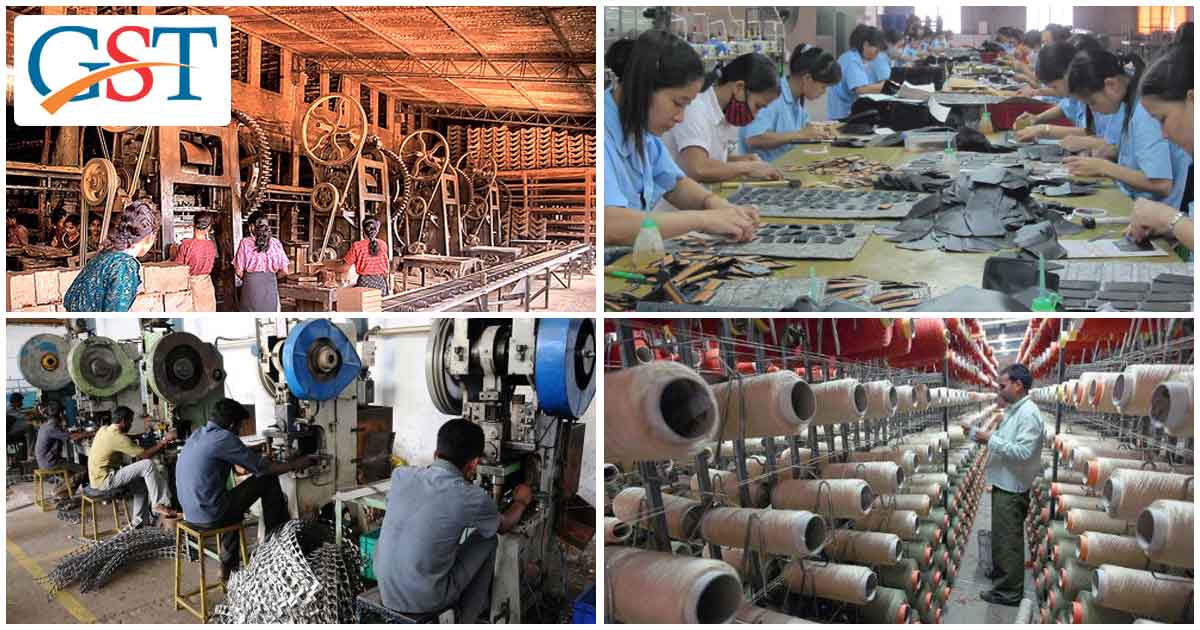Hosur is a city in Tamil Nadu, located at a height of 3000ft from the sea level. The temperate climatic condition in Hosur differs from rest of the cities in Tamil Nadu and is the reason for being envied by others. It has a very pleasant climatic condition throughout the year. It is also known as the industrial town of the state since the maximum number of industries have been established there. In spite of having the pleasant climatic condition, this winter the temperature in Hosur is soaring high due to the implementation of goods and service tax (GST).
Tamil Nadu finance minister is struggling to safeguard the State’s government and hence could not dedicate his time to meet the representatives of Hosur Small and Tiny Industries Association and listen to their woes. Hosur Small and Tiny Industries Association consists of 2,500 small units and 85,000 men and women are working there. Owing to the failure of the State government to address their issues, the officials had to go to Delhi to discuss their issues.
Their main issue is that the tax rates increased from 17.5 percent including excise duty and Value Added Tax to 28 percent after the implementation of GST. The tax burden of small-scale industries has increased significantly. But it not ends here. They supply raw materials to the large automobile manufacturers doing business in that industrial town.
Large-scale manufacturers generally clear their payments in the time duration of three months. This clearly indicates that small-scale enterprises have to borrow money from moneylenders or NBFC to pay the higher taxes under GST and have to bear the interest cost of three months. Financial Institutions prefer to lend money to renowned companies such as Tata’s and Birlas whereas leaving small business enterprises (SMEs) for money lenders and Non- Banking Financial Companies (NBFC).
SMEs borrow money from NBFC or money lenders at rates which lies in the range of 20 percent to 100 percent. Post GST Era, enhances the borrowing cost and also increases the interest rate to a certain limit and they are afraid of that it will wipe out all their margins.
SMEs want the tax rate to be reduced to 18 percent. They are supplying input materials to automobile companies and the tax rate they are being charged at is not justified at all. There is a wide difference between the rates they are being charged at and the government’s final tax rate. Auto assemblers’ consider their payment as input credit. The price paid by the consumers for the automobiles determines the amount collected by the government from the entire value-added chain and supply chain which leads to the manufacturing of the fully assembled automobile.
The 28 percent GST is an excessive rate that should be charged on a handful of goods and not imposed on intermediate parts, for moneylender it helps to generate business as well as to drive small units of the business.
The Hosur Industrialists is pointing to some other irregularities. They purchase food from independent outlets for their labourers. These independent food outlets have to pay taxes at the rate of 18 percent and they are not entitled to avail input tax credit. Industries can get rid of this problem by converting food outlets into in-house- canteens and should be considered as captive canteens during the supply time period – the food stored in those canteens supplied to industry workers are not levied with any taxes. Taxpayers should permit this.
Small Scale Industry is not able to avail credit for the taxes they pay on the factory premises: Real Estate Sector should be brought under the ambit of GST.
Some of the other suggestions are:- the government should provide some extensions on reverse charge mechanism, collect GST directly from the buyer, reduce the threshold limit for the supplier. Aforementioned suggestions can help in the job, industries will be able to concentrate on their work instead of wasting their time in paperwork and calculating taxes.
